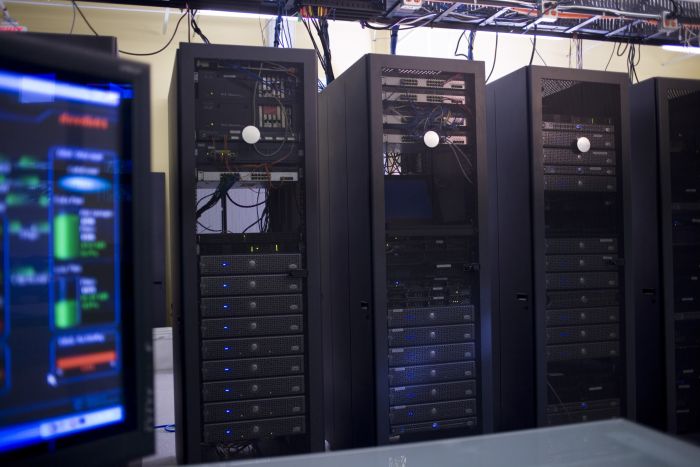The term RAID is an acronym for “Redundant Array of Independent Disks” or, in other circles, a “Redundant Array of Inexpensive Disks.” (These terms should not be confused with JBOD, which means “Just a Bunch of Disks.” This is a system whereby your data is written to a series of disks, one after the other, until all are full. Essentially, RAID is a system of data storage units set to work together so that if one disk experiences a crash, you can continue to work from the other (s.) There are various configurations for RAID data recovery, some of which are primarily designed to give you speed of access and others, which can simply save your backside in the event of a drive failure.
The permutation possibilities in RAID increase every day. The ways the disks may be configured can be complicated, but essentially, there are two technologies, striping or mirroring. Imagine Tom Sawyer whitewashing his Aunt Polly’s fence. Tom can load his paint brush up and swipe the brush horizontally across multiple boards, (striping,) or he can paint the boards vertically, one after the other, (mirroring.) Here are the three most common RAID data recovery implementations:
RAID 0 – Provides speed. The data in this configuration is ‘striped,’ which is to say it is stored across two disks to make the presentation quicker. There is no redundancy in this configuration, so if your drive fails, your data is probably lost.
RAID 1 – Provides redundant data storage, but is slower at accessing data. This configuration is said to be ‘mirrored.’ Just as it seems, this means that the same data is stored to two disks identically. This takes longer to do, but should one of the hard drives fail, the identical data is duplicated on the remaining disk.
RAID 5 – Offers speed as well as redundancy and is the popular choice for both personal and commercial applications. This application requires a minimum of three hard-drives.
These days, it is possible to buy computers with the technology built in. If you are a computer whiz-kid, you can probably build your own. You may also purchase stand-alone units and, because each RAID implementation has both good and bad points, you will want to discuss your needs with a knowledgeable technician before you buy.
While having a RAID system in place may salvage your data in the event of a catastrophic system failure, there is no substitute for backing up your data regularly. Nor will a RAID system eliminate the need to have a reputable data recovery company on speed dial. Computer failures are an unpleasant fact. If your computer’s hard drive contains important work or personal data, you are at risk of losing that data at any moment thanks to a power failure, a lightning strike or a keyboarding error. Take the time to back up your files, regardless of how well protected you THINK you are.
